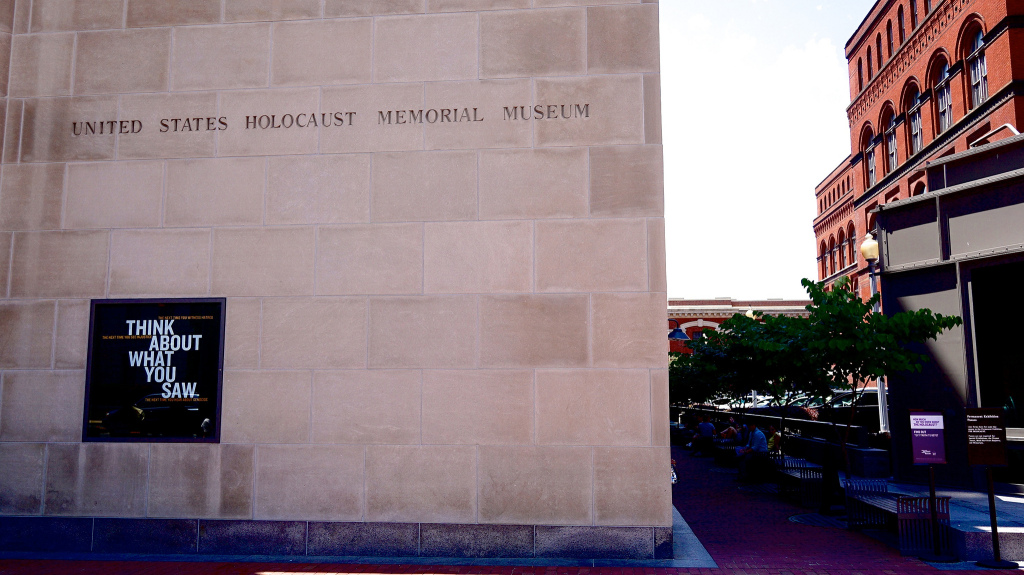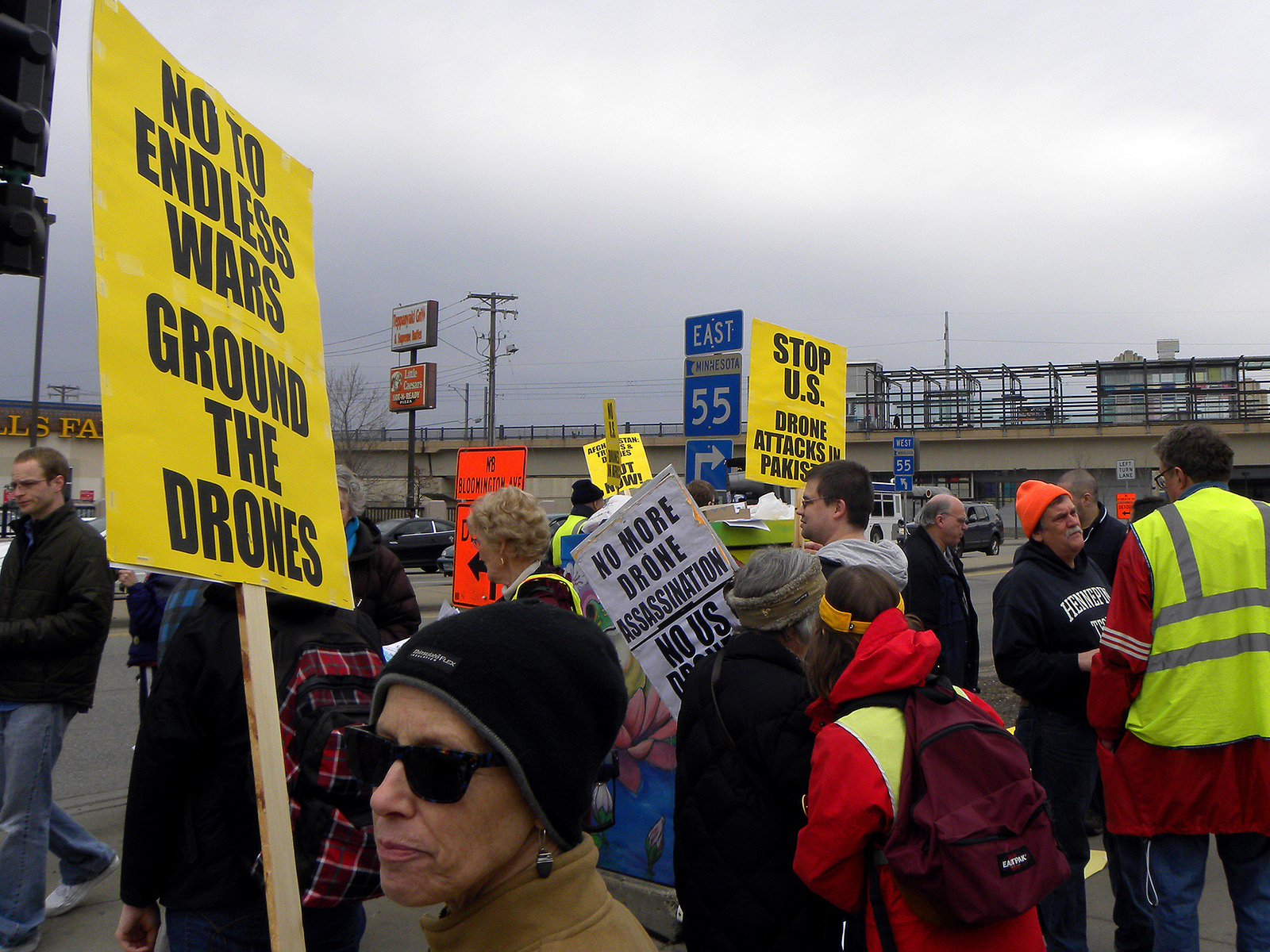Guest post by Cyanne E. Loyle.

On June 3, the Simon-Skjodt Center for the Prevention of Genocide at the US Holocaust Memorial Museum convened a scholar-policy symposium to discuss the current state of research concerning mass atrocities perpetrated by non-state actors and the policy efforts to prevent these atrocities. The recent surge in violence by groups such as ISIS and Boko Haram, along with the deliberate targeting of civilians by these groups, has intensified the need to understand when and why non-state groups choose to deliberately and systematically target civilians for extermination. To date, most of our research into genocide and mass atrocities has focused on those actions perpetrated by states and state affiliates. Current events have pushed us to examine similar actions across different sets of actors.
Yet, what are the differences between states and non-states when it comes to committing large-scale, systematic violence? Are the motivations and strategies of these actors different or would we expect large, state-like groups such as ISIS to be following similar logics? The June workshop launched a new research initiative at the Simon-Skjodt center which seeks to address these questions.
What we know (and don’t know) about non-state actor mass atrocity
To begin with, we already have a breadth of research which helps us understand when mass atrocities by states are more likely. Work by Harff, Valentino, and Straus, for example, as well as the efforts of the Political Instability Task Force, call attention to the structural conditions which make genocide and mass atrocity more likely and forecast the countries and conditions which should be targeted for prevention. It is possible that many of these factors translate to our understanding of non-state actor atrocity behavior.
A number of comprehensive datasets collecting information on non-state actors, their organizational structure, and their behavior during civil wars could also be brought to bear on these questions. For example, D. Cunningham, Gleditsch, and Salehyan’s Non-State Actors in Civil Wars dataset, Stewart’s Insurgent Social Service Provision dataset, K. Cunningham’s forthcoming Organizational Behavior in Self-determination Disputes dataset and, Asal, Brown, and Dalton’s dataset of ethnopolitical organizations in the Middle East would all be useful in understanding the range of different characteristics of non-state actors and how these characteristics potentially impact behaviors. Furthermore, work on rebel group behavior during civil war, specifically, could be used to understand the different structural and strategic conditions which influence non-state actor behavior.
Yet, relying on this existing work raises many interesting and important questions about its applicability to the question of mass atrocity. Which non-state actor groups are willing and able to commit mass atrocities? Do we limit our ability to address these questions by focusing solely on rebel organizations? Is mass killing different from other forms of civilian targeting, such as sexual and gender-based violence, or can these behaviors be understood as a unified strategy or potentially a sequence of atrocity events?
How to prevent non-state-led mass atrocities?
Many of the policy tools available to the US government and international organizations have been designed to change the behavior of states. The question is whether or not similar tools could be used to prevent non-state-led mass atrocities. Are the same tools of economic sanctions, trade restrictions, restrictions of movement, etc. effective in combating the actions of non-state groups?
While it seems likely that non-state groups may be immune to many of the traditional prevention tools of the international community, there are some reasons to believe that the US government and others still have the ability to change behavior. For example, many non-state groups rely on the political and/or material support of states, which could be targeted with existing policy tools. Plus, a non-state group’s financial and military means to commit atrocities may be more vulnerable to coercive policy tools than a state’s. The efficacy of these strategies has yet to be determined.
Moving forward
Moving forward, the Simon-Skjodt Center will be looking for opportunities to advance research on this topic. If you have any thoughts or suggestions for additional research or would like to get directly involved in this new project, please contact Daniel Solomon.
What are your thoughts on these questions and this research? Please join the discussion in the comments below.
Cyanne E. Loyle is an Assistant Professor of Political Science at Indiana University and the Leonard and Sophie Davis Fellow for the Prevention of Genocide at the Simon-Skjodt Center, US Holocaust Memorial Museum.







1 comment
Materials from this workshop are non online here: https://www.ushmm.org/confront-genocide/speakers-and-events/all-speakers-and-events/2016-sudikoff-seminar